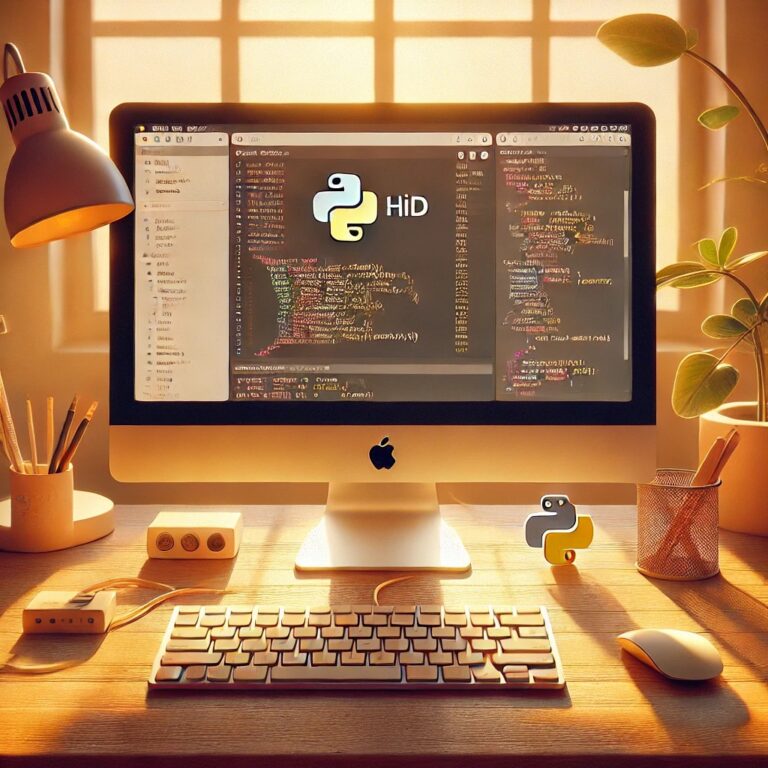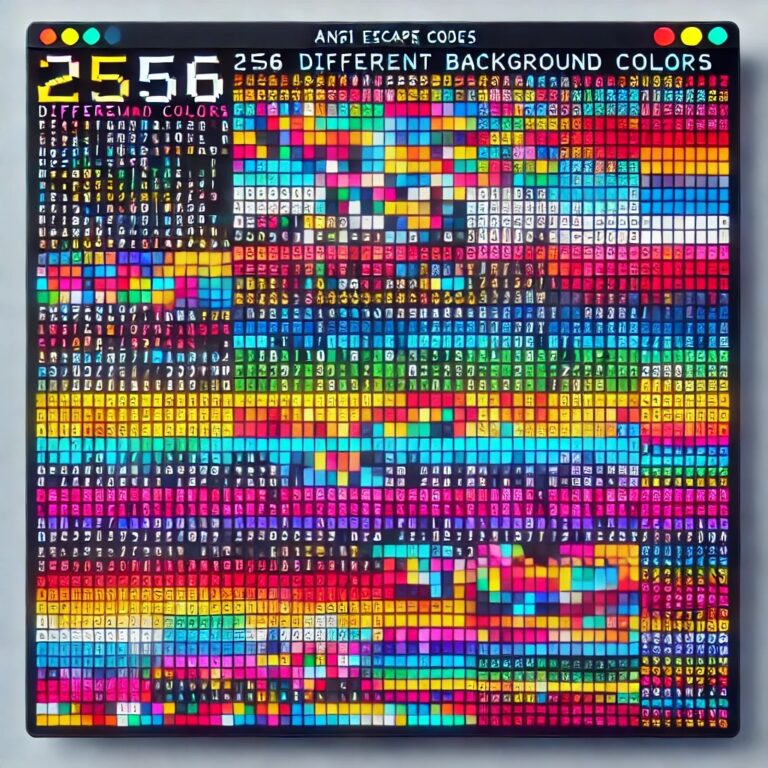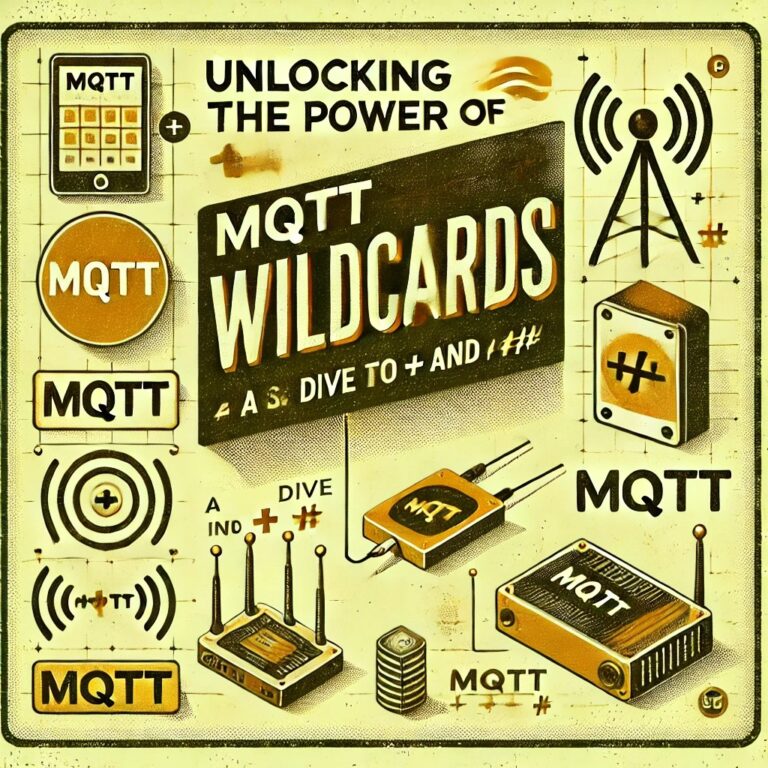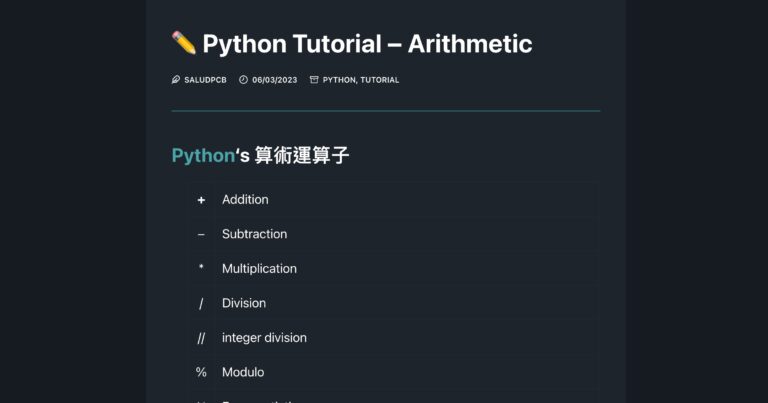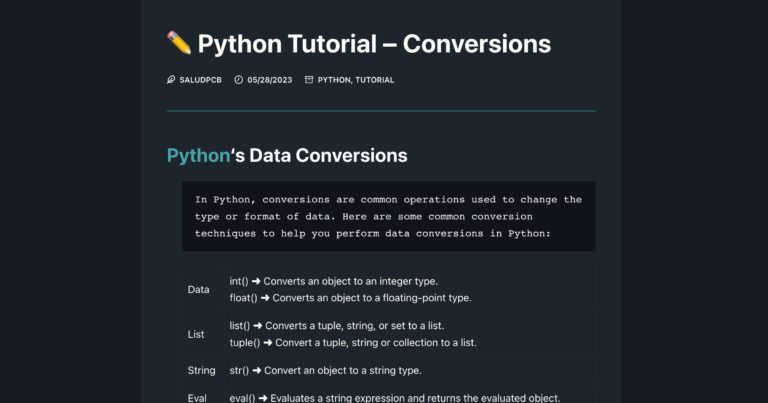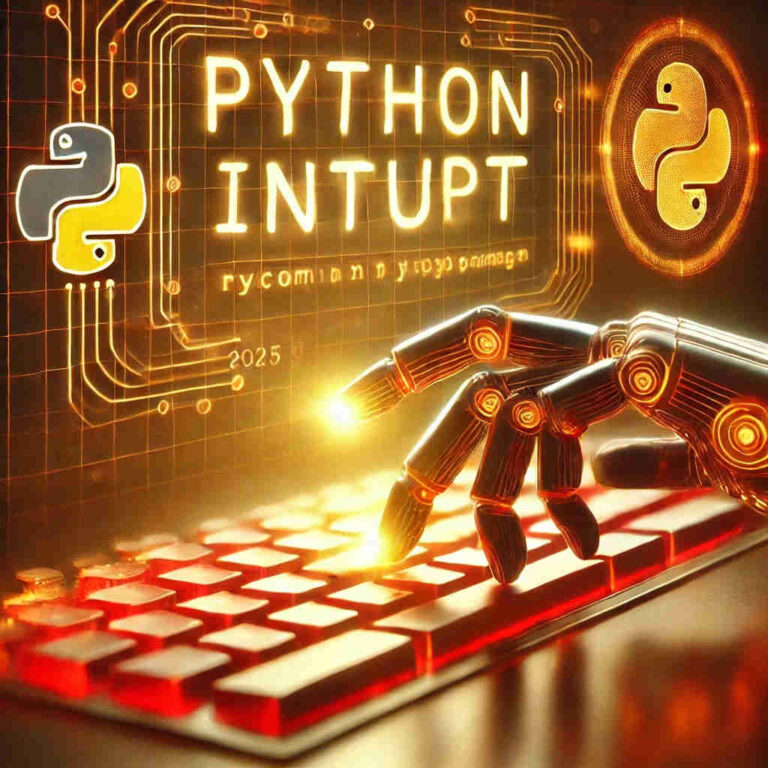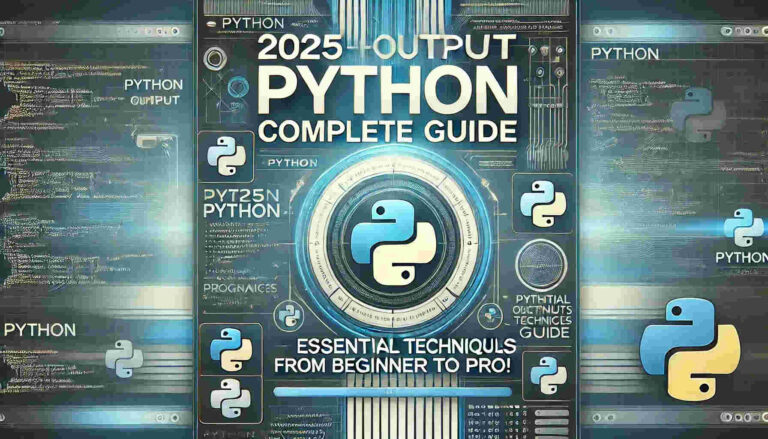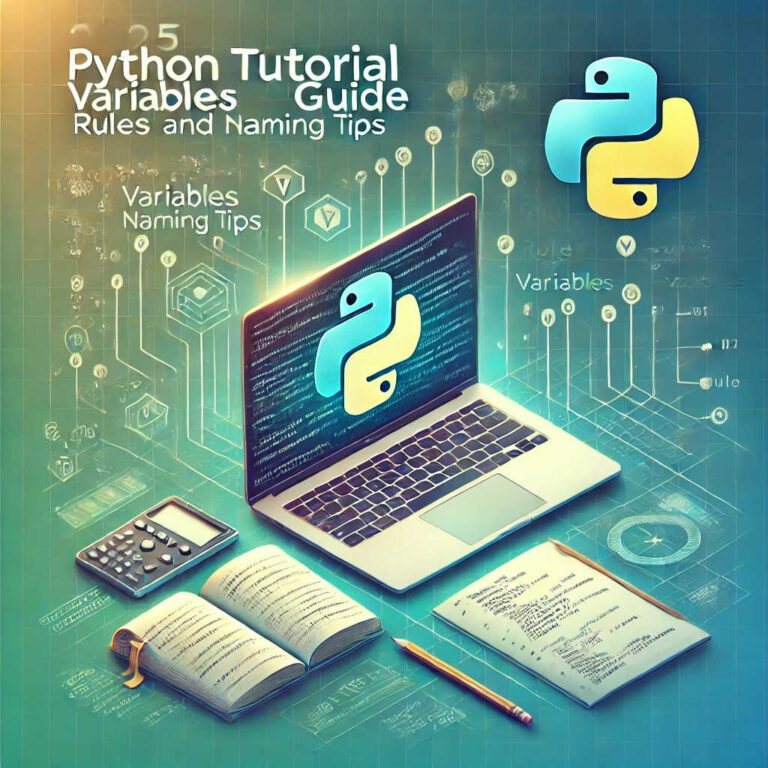Powerful Python Animations with ASCII Art | Nostalgia and Retro
As technology evolves at a rapid pace, Python Animation has become a creative way for people to express their growing nostalgia for the simplicity and beauty of the past. This sense of nostalgia is not only reflected in fashion, music, and other cultural fields but has also gradually seeped into the world of Python Animation in programming. By blending retro charm with modern technology, Python Animation offers a unique opportunity to bring nostalgic art forms into the digital age.

Contents
Introduction
As technology advances, there’s a growing nostalgia for simpler times. This is especially true in the world of programming, where Python Animation is allowing developers to create projects that evoke the retro charm of earlier computing days. One such technique is ASCII Art, which has made a comeback in Python Animation. In this article, we’ll guide you through creating a simple Python Animation that uses ASCII Art to depict a car moving along a road. This will blend the nostalgic art form with modern programming tools in Python.
What is ASCII Art?
ASCII Art uses standard text characters to create images. Though basic, it allows for creative expression and problem-solving in a minimalist way. It’s a fun throwback to the early days of computing, where text-based graphics ruled.
Setting Up
- Install Python 3.x or higher.
- Ensure you have access to a terminal or command-line tool to run Python scripts.
Python Animation Code
Below is a Python script that animates a car moving back and forth across the screen:
import os
import time
def clear_screen():
# Windows uses 'cls', Unix/Linux/MacOS uses 'clear'
os.system('cls' if os.name == 'nt' else 'clear')
def draw_car(position, direction="right"):
# Create a blank canvas
road = [' ' * 60 for _ in range(6)]
# ASCII art for the car (facing right)
car_right = [
' ______',
' /|_||_\\`.__',
' ( _ _ _\\',
' `-(_)--(_)-\'']
# ASCII art for the car (facing left, horizontally flipped)
car_left = [
' ______',
' __.\'/_||_||\\',
' /_ _ _ )',
' \'-(_)--(_)-\'']
# Choose car art based on the direction
car = car_left if direction == "left" else car_right
# Insert the car at the given position
for i, line in enumerate(car):
if position < len(road[i]):
road[i] = ' ' * position + line + ' ' * (60 - len(line) - position)
# Add the road
road[-1] = '_' * 60
# Return the full scene as a single string
return '\n'.join(road)
def animate_car():
try:
# Move the car from left to right
for position in range(40):
clear_screen()
print(draw_car(position, direction="right"))
time.sleep(0.1) # Pause for 0.1 seconds
# Move the car from right to left
for position in range(40, -1, -1):
clear_screen()
print(draw_car(position, direction="left"))
time.sleep(0.1)
except KeyboardInterrupt:
print("\nAnimation ended!")
if __name__ == "__main__":
print("Press Ctrl+C to stop the animation")
animate_car()
Code Explanation
Importing Necessary Modules
import os
import timeos: This module allows us to execute system commands, such as clearing the screen. time: This is used to create a delay between frames to produce a smooth animation effect.
Clearing the Screen
def clear_screen():
os.system('cls' if os.name == 'nt' else 'clear')This function is essential to prevent overlapping frames in the terminal. It clears the screen after each update. Depending on the operating system, it uses the appropriate command: cls for Windows and clear for Unix/Linux/MacOS.
Drawing the Car and Road
def draw_car(position, direction="right"):
...This function creates a blank canvas for the road and inserts the car at a specified position. The car can either face left or right, and the ASCII Art is adjusted accordingly.
ASCII Animation
car_right = [
' ______',
' /|_||_\\`.__',
' ( _ _ _\\',
' `-(_)--(_)-\'']
car_left = [
' ______',
' __.\'/_||_||\\',
' /_ _ _ )',
' \'-(_)--(_)-\'']We have two representations of the car in ASCII art: one facing right (car_right) and one facing left (car_left). The car moves across the screen from left to right and then back from right to left. Each frame is updated with the clear_screen() function, and we use time.sleep(0.1) to slow down the animation for better visual effect.
try-except is used to gracefully handle a KeyboardInterrupt (Ctrl+C), allowing the user to stop the animation safely.
Execution Output
When the program is executed, you will see a car moving smoothly from left to right and then back from right to left on the terminal screen:
______
/|_||_\`.__
( _ _ _\
`-(_)--(_)-'
________________________________________________________Conclusion
Creating ASCII animations with Python is a fun and creative project that blends programming logic with artistic expression. In this tutorial, we began with a basic canvas and used loops and ASCII art to create an animated scene of a car moving back and forth. By clearing the screen, updating the car’s position, and handling direction changes, the animation becomes fluid and natural.
Additionally, the use of try-except for managing keyboard interrupts ensures a smooth user experience. This project not only evokes a sense of nostalgia for ASCII art but also opens up vast possibilities for creative expansions. You can easily add background elements, introduce multiple cars, or even create entirely custom scenes. So, dive into the world of ASCII animations and let your creativity run wild!

